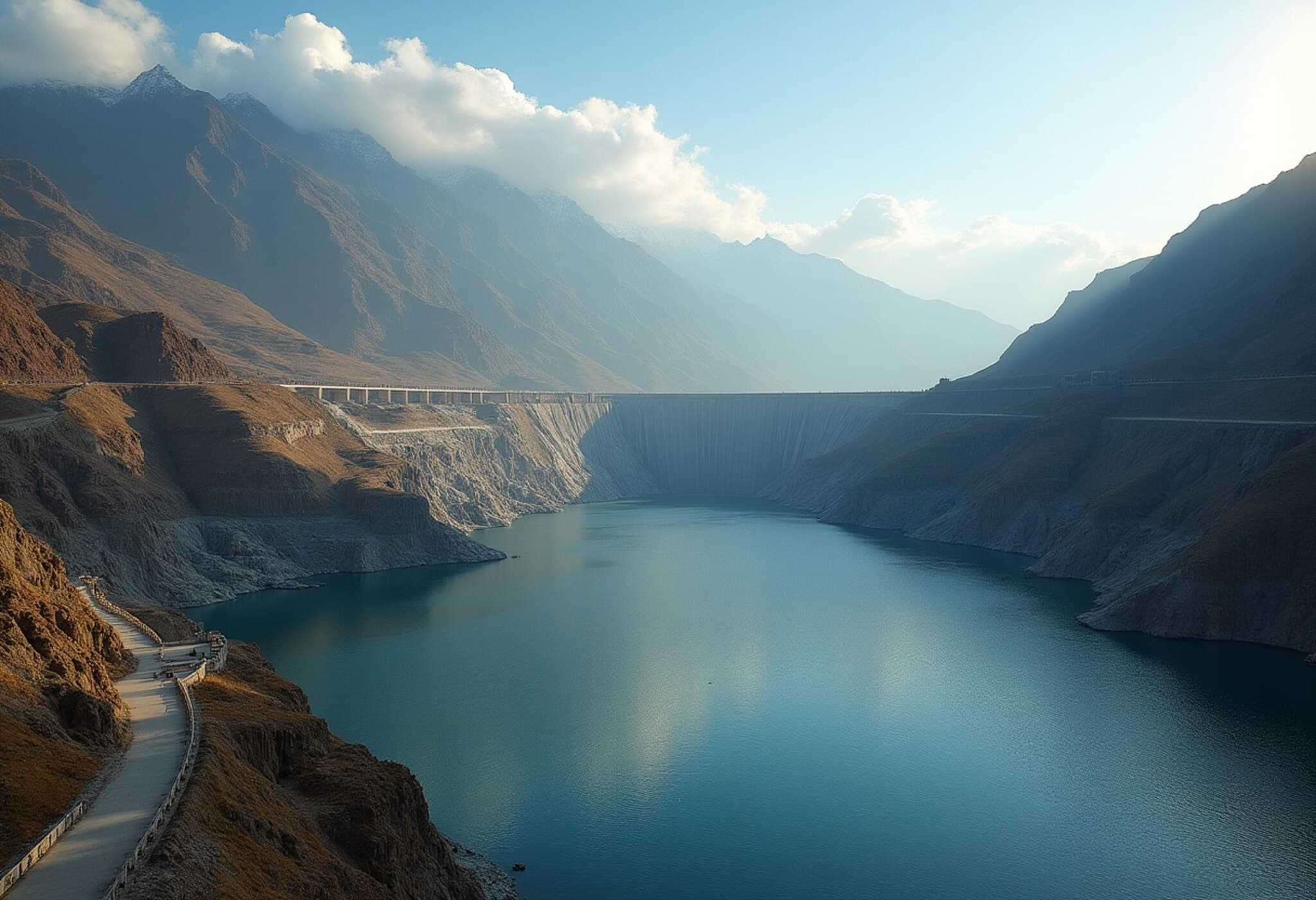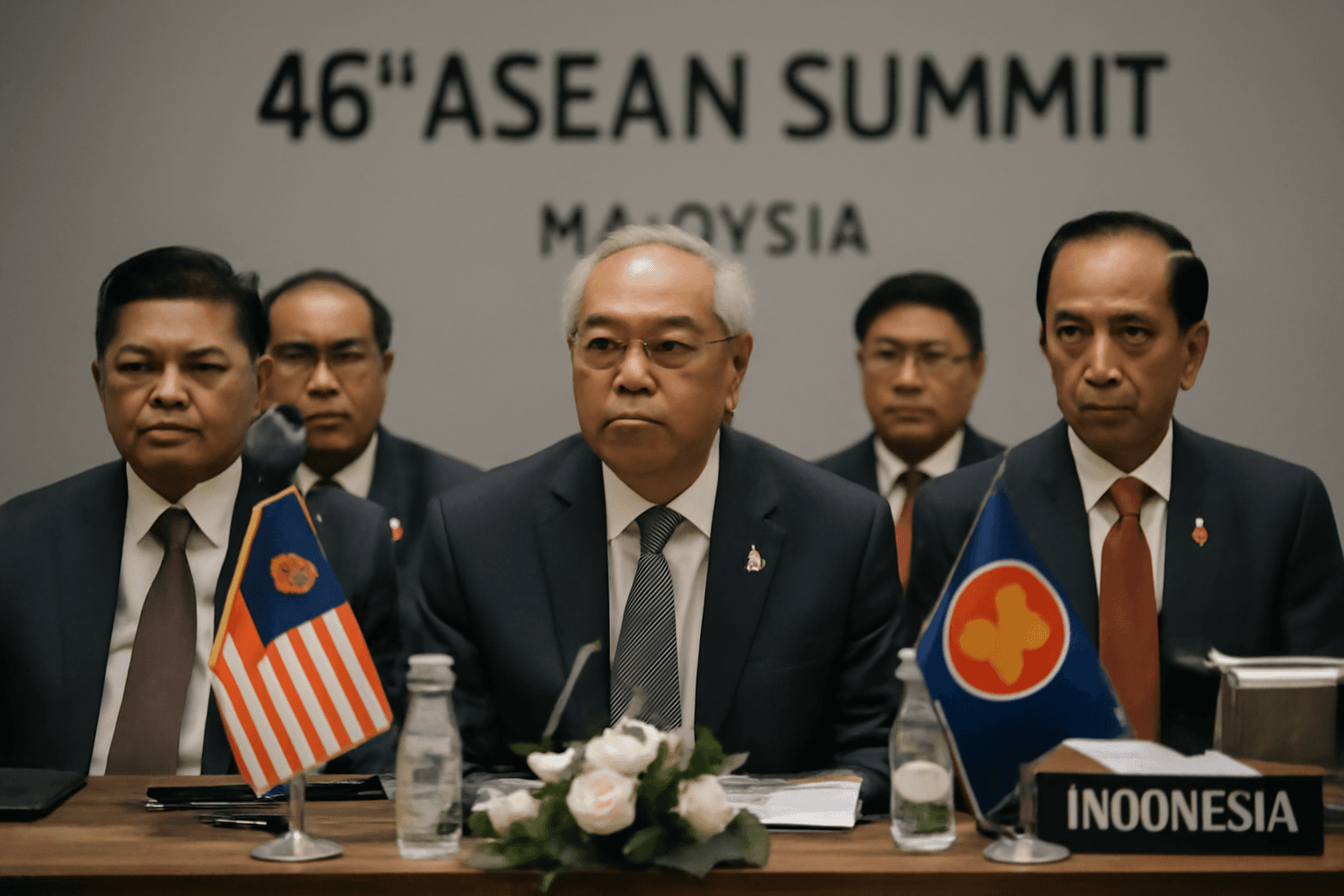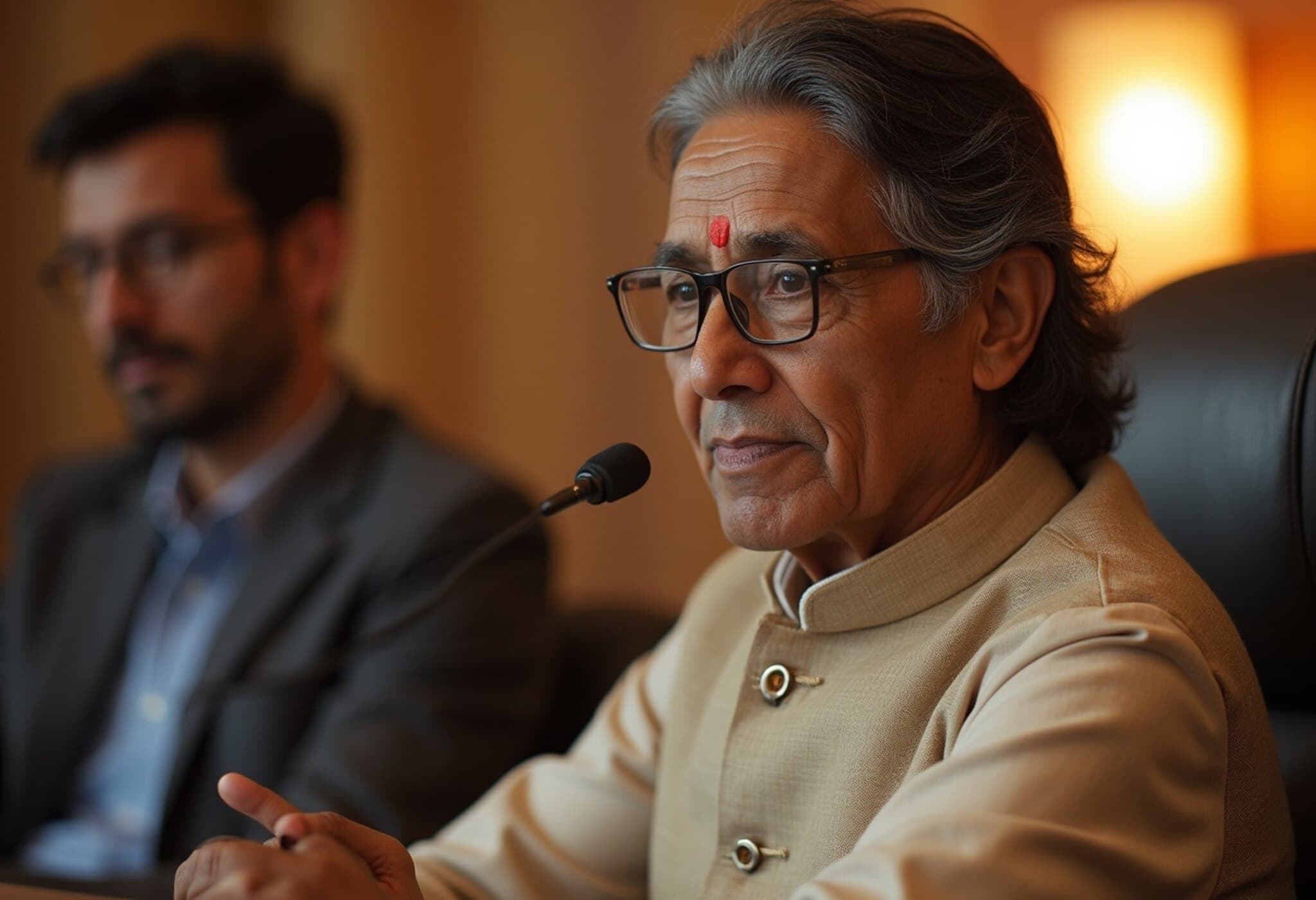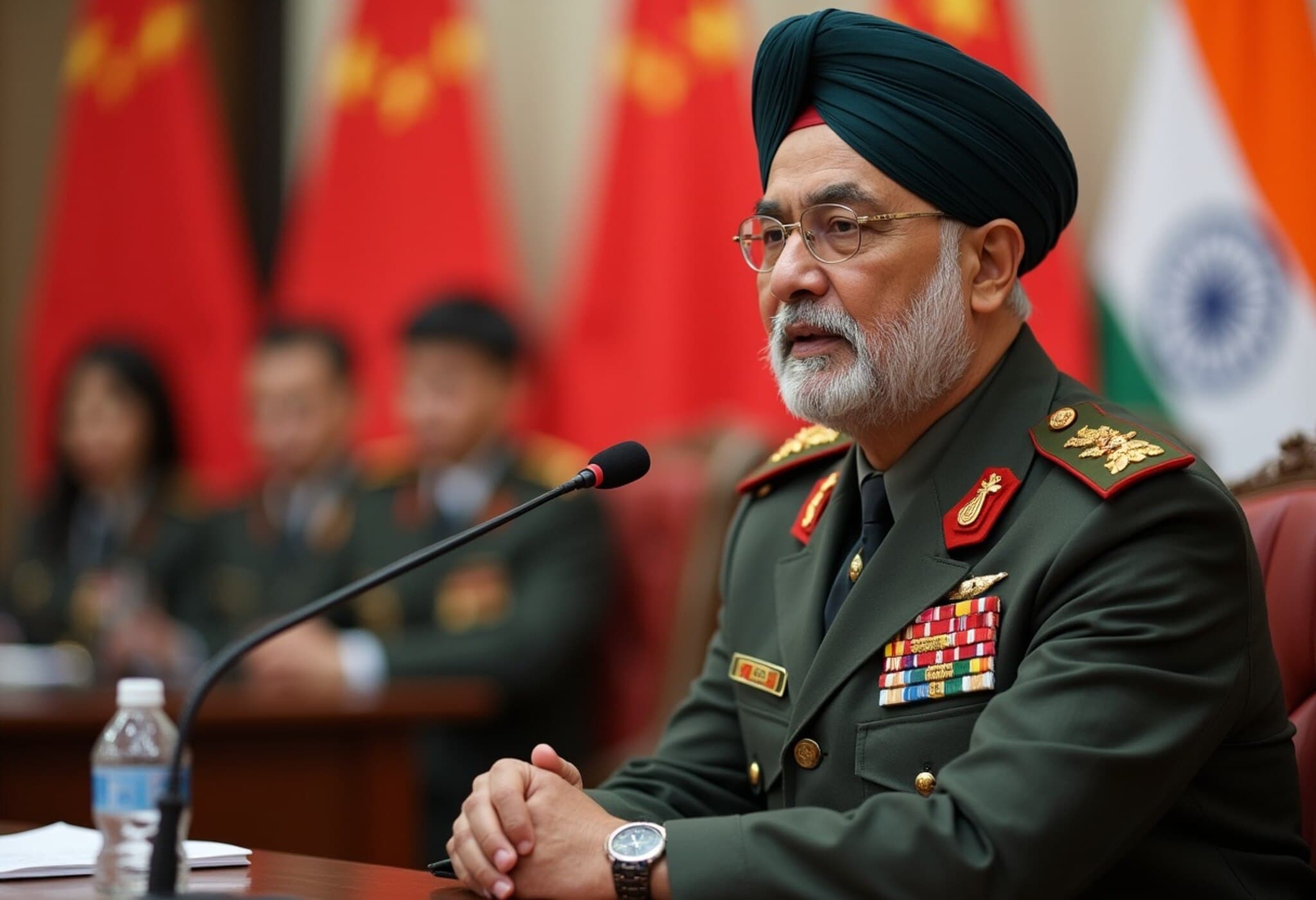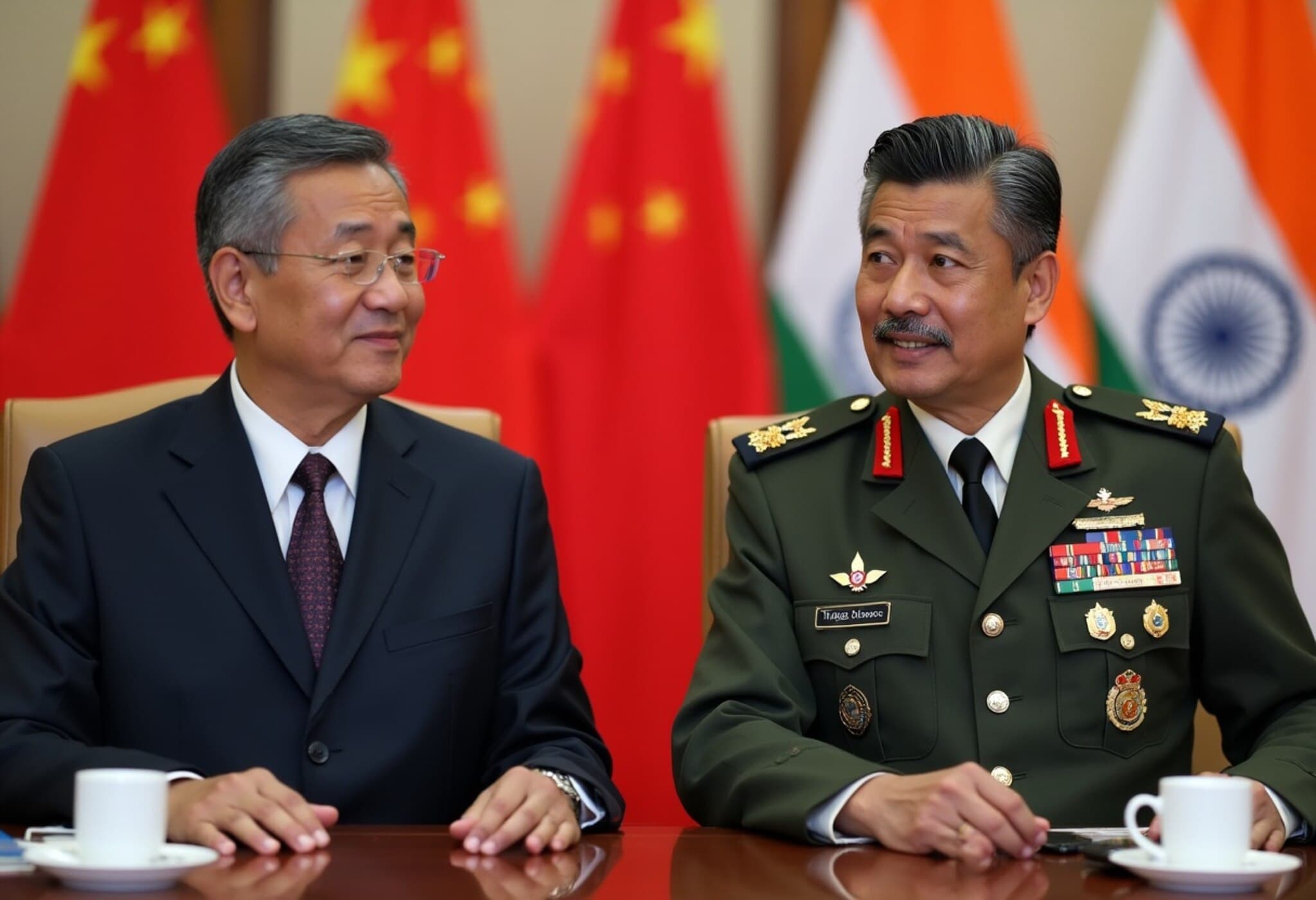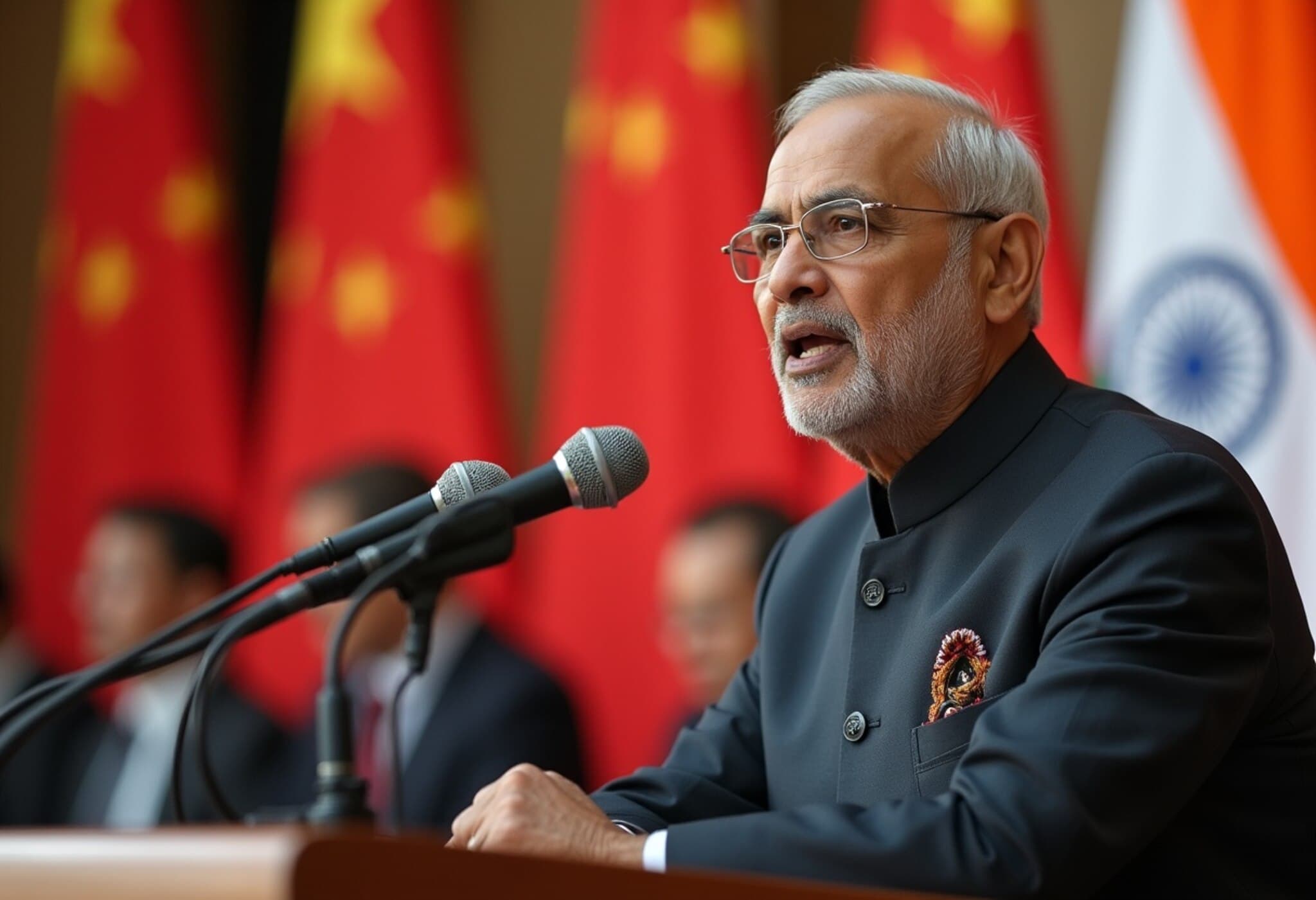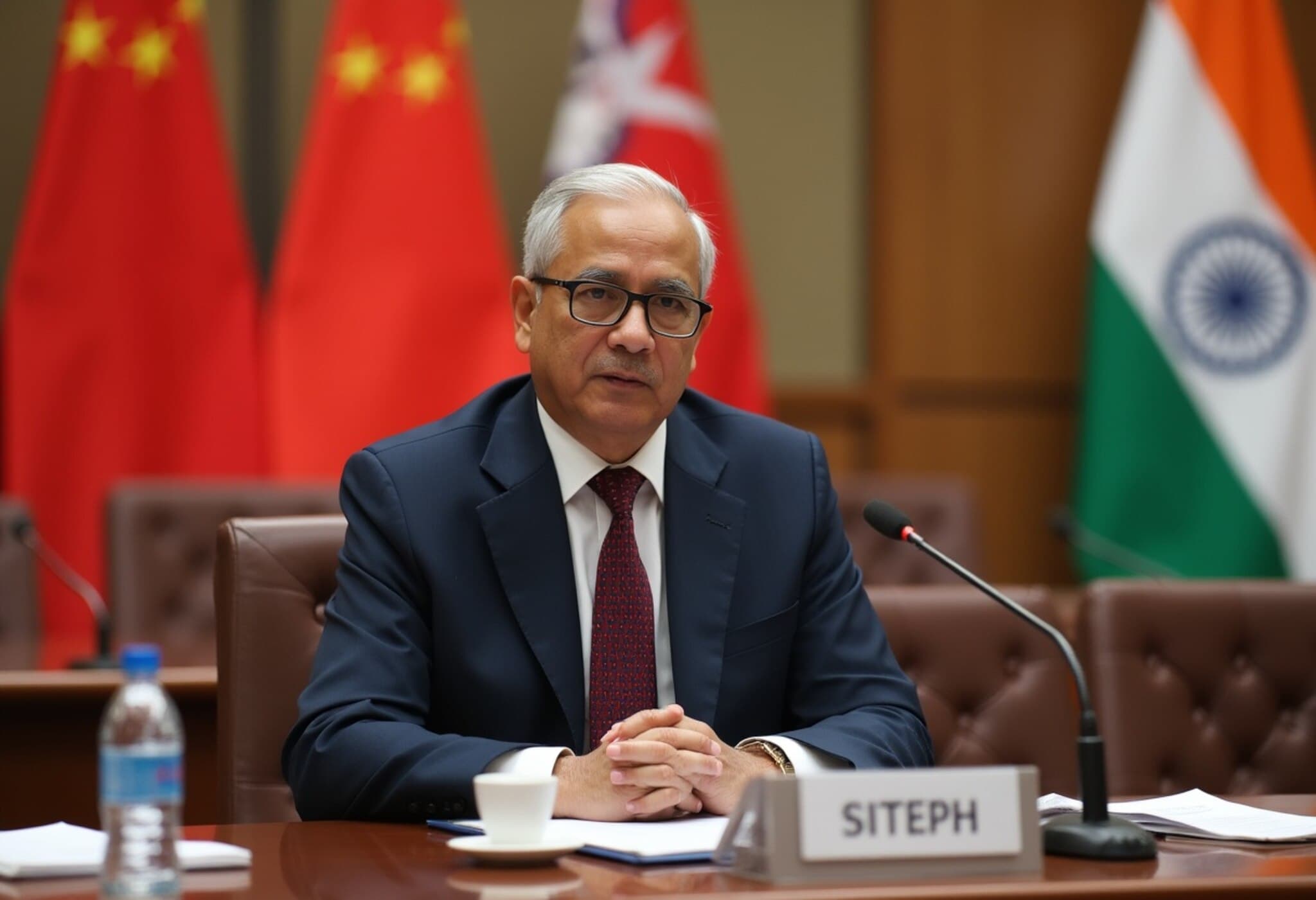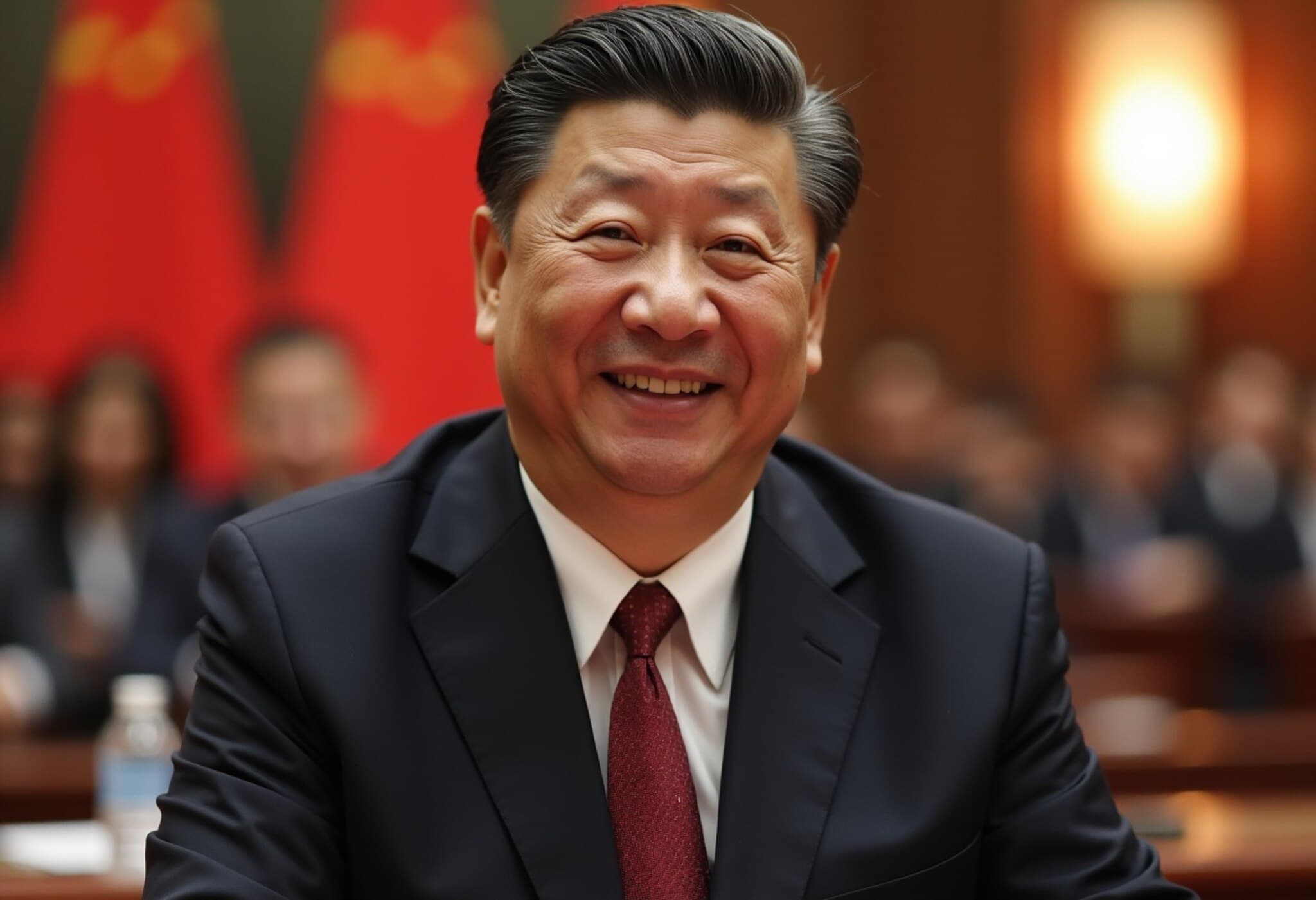India Voices Growing Concern Over China’s Mega Dam on Yarlung Tsangpo River
On August 11, 2025, the Indian government officially expressed deep apprehensions regarding China’s ambitious hydropower project on the lower reaches of the Yarlung Tsangpo River, the upper stretch of the Brahmaputra flowing through Tibet. The massive dam has been under preparation by China for nearly four decades since its initial announcement in 1986. India warns that this venture carries significant risks for South Asia’s delicate ecology, water security, and the livelihoods of millions dependent on the river downstream.
A Strategic and Environmental Flashpoint
The Ministry of External Affairs (MEA) stated it is closely monitoring all developments related to the project. Minister of State for External Affairs, Kirti Vardhan Singh, reaffirmed India’s consistent stance urging China to prioritize transparency and engage in meaningful consultation with downstream nations before proceeding further.
"We have taken note of the commencement of construction and have repeatedly communicated our concerns to Beijing," Singh told the Indian Parliament, underscoring the ongoing diplomatic efforts to mitigate potential adverse impacts.
Why the Yarlung Tsangpo Matters Beyond Borders
Originating from the glaciated slopes of Tibet’s Jiema Yangzong Glacier near sacred Mount Kailash, the Yarlung Tsangpo traverses into India’s Arunachal Pradesh as the Siang river, later broadening into the Brahmaputra before joining the Ganges in Bangladesh and finally flowing into the Bay of Bengal. This transboundary river supports rich ecosystems, fertile lands, and communities whose survival intertwines closely with its flow.
- Ecological Fragility: The dam project is situated in a seismically volatile Himalayan zone, renowned for its biodiversity and environmental sensitivity.
- Potential Disruption: Altered water flows threaten agriculture, fisheries, and flood patterns downstream across three countries.
- Livelihood Risks: Millions dependent on the Brahmaputra basin for farming and daily needs face uncertainty.
Environmental and Political Stakes
Experts warn that large-scale constructions here could destabilize the river’s natural rhythm, potentially triggering ecological harm and compounding flood risks. Environmentalists emphasize the fragile balance in this Himalayan corridor, where any miscalculation could produce irreversible damage.
Politically, India remains cautious, interpreting the dam as a potential lever for China to influence water availability — a high-stakes geostrategic concern in a region where water security directly links to national security.
Efforts Toward Dialogue and Transparency
India and China have periodically addressed these concerns through the Expert Level Mechanism established in 2006 and ongoing diplomatic channels. Singh highlighted recent appeals for China to restore and enhance hydrological data sharing, which China has previously suspended during critical monsoon periods, compromising preparedness downstream.
During External Affairs Minister S. Jaishankar’s visit to China in mid-July for the Shanghai Cooperation Organisation (SCO) Foreign Ministers’ Meeting, these topics featured prominently. India continues to press for collaborative water governance frameworks that could mitigate risks and foster regional stability.
China’s Renewable Energy Drive vs. Regional Concerns
China promotes the dam as a pivotal element in expanding its renewable energy portfolio, underscoring clean hydropower's role in tackling climate change. However, for India and its neighbors, the project’s potential to control river flows raises alarms about asymmetrical upstream influence, making water not just a resource but a strategic asset.
Editor’s Note
The unfolding developments on the Yarlung Tsangpo highlight the intricate interplay between environmental stewardship, geopolitical strategy, and regional cooperation in South Asia. As climate change intensifies hydrological variability, the stakes attached to transboundary rivers like the Brahmaputra amplify.
Critical questions linger: Can India and China establish a framework built on trust, transparency, and shared benefits? How will affected local communities' voices factor into decisions? And, critically, how can sustainable development be balanced with strategic interests to protect one of Asia’s lifelines?
These questions define not only bilateral relations but the collective future of South Asia’s water governance.

